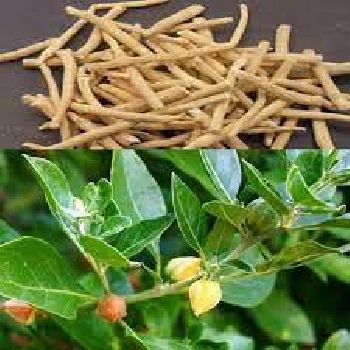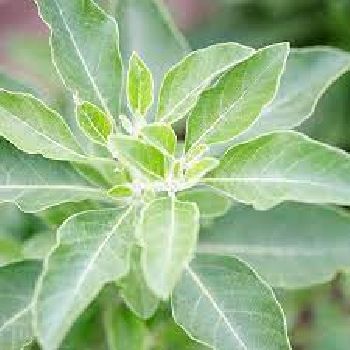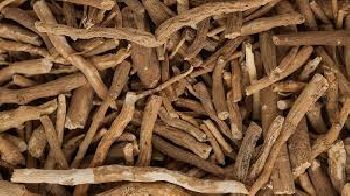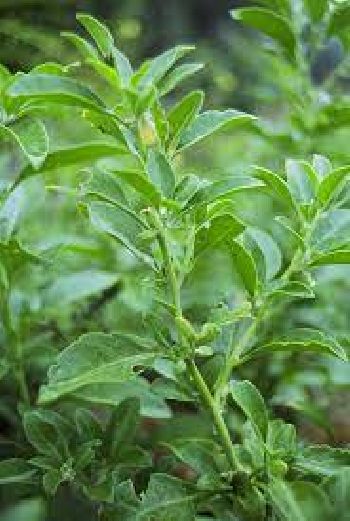NEW DELHI
- GST NO. : 07AAHPG9824B1ZW
View Mobile Number
Withania somnifera (Winter Cherry, Ashwagandha)
Biological Name:
Withania somnifera
Family:
Solanaceae
Other Names:
Ajagandha, Amangura, Amukkirag, Asana, Asgandh, Ashwagandha, Ashvagandha, Ashwanga, Asoda, Asundha, Avarada, Ayurvedic Ginseng, Clustered Wintercherry, Ghoda Asoda, Kuthmithi, Orovale, Samm Al Ferakh, Sogade-Beru, Strychnos, Turangi-Ghanda, Vajigandha, Winter Cherry.
Habitat:
Ashwagandha is native to the Indian subcontinent, specifically the drier areas of India, Pakistan, and Sri Lanka. It also grows in parts of Africa, and it can grow in temperate climates, including Western North Carolina, where Gaia Herbs is located.
Additional Info:
- Ashwagandha characterizes three different tastes namely Tikta (bitter), Katu (pungent) and Madhura (sweet). It is blessed with Laghu (light) and Snigdha (oily) gunas.
- It has Ushna Virya (hot potency) and Madhura Vipaka (pungent metabolic property).
- It aggravates the Pitta doshas (digestion) and pacifies Vata (air) and Kapha (earth and water) doshas.
- Elements Applied: Leaves, Stem, Flower, Root, Seeds, Bark and even Whole plant.
Active Components:
- The biologically active chemical constituents of Withania somnifera (WS) include alkaloids (isopelletierine, anaferine, cuseohygrine, anahygrine, etc.), steroidal lactones (withanolides, withaferins) and saponins. Sitoindosides and acylsterylglucosides in Ashwagandha are anti-stress agents.
- Active principles of Ashwagandha, for instance the sitoindosides VII-X and Withaferin-A, have been shown to have significant anti-stress activity against acute models of experimental stress.
- Many of its constituents support immunomodulatory actions The aerial parts of Withania somnifera yielded 5-dehydroxy withanolide-R and withasomniferin-A.
- Withanolides are structurally similar to the ginsenosides of Panax ginseng, leading to a common name for W. somnifera, "Indian ginseng".
Used for:
Leaves:
The analgesic and antioxidant properties of the leaves of ashwagandha are used for treating a viral infection, cough and cold symptoms, fever and chronic pain.
Flowers:
Flowers have potent diuretic and aphrodisiac properties which is used for improving fertility and treating kidney problems such as kidney stones.
Seeds:
The seeds, on the other hand, have anthelminthic properties and are used for preventing and treating infectious diseases and parasitic invasions.
Roots:
The roots are the most crucial part of the plant and are mostly used in various formulations. The root has potent aphrodisiac, diuretic, anti-helminthic, antioxidant, anti-depressant, anti-diabetic properties and are hence used for treating neural problems, diabetes, constipation, infertility, skin disorders, etc.
Safety:
1 to 6 grams
Contact Us
Govind Madhav Herbal Tea
B-29-30, NEW DELHI - 110064, India
Call Us : View Mobile Number
Phone : +91-11-45615006
E-mail : govindmadhavtea@gmail.com





